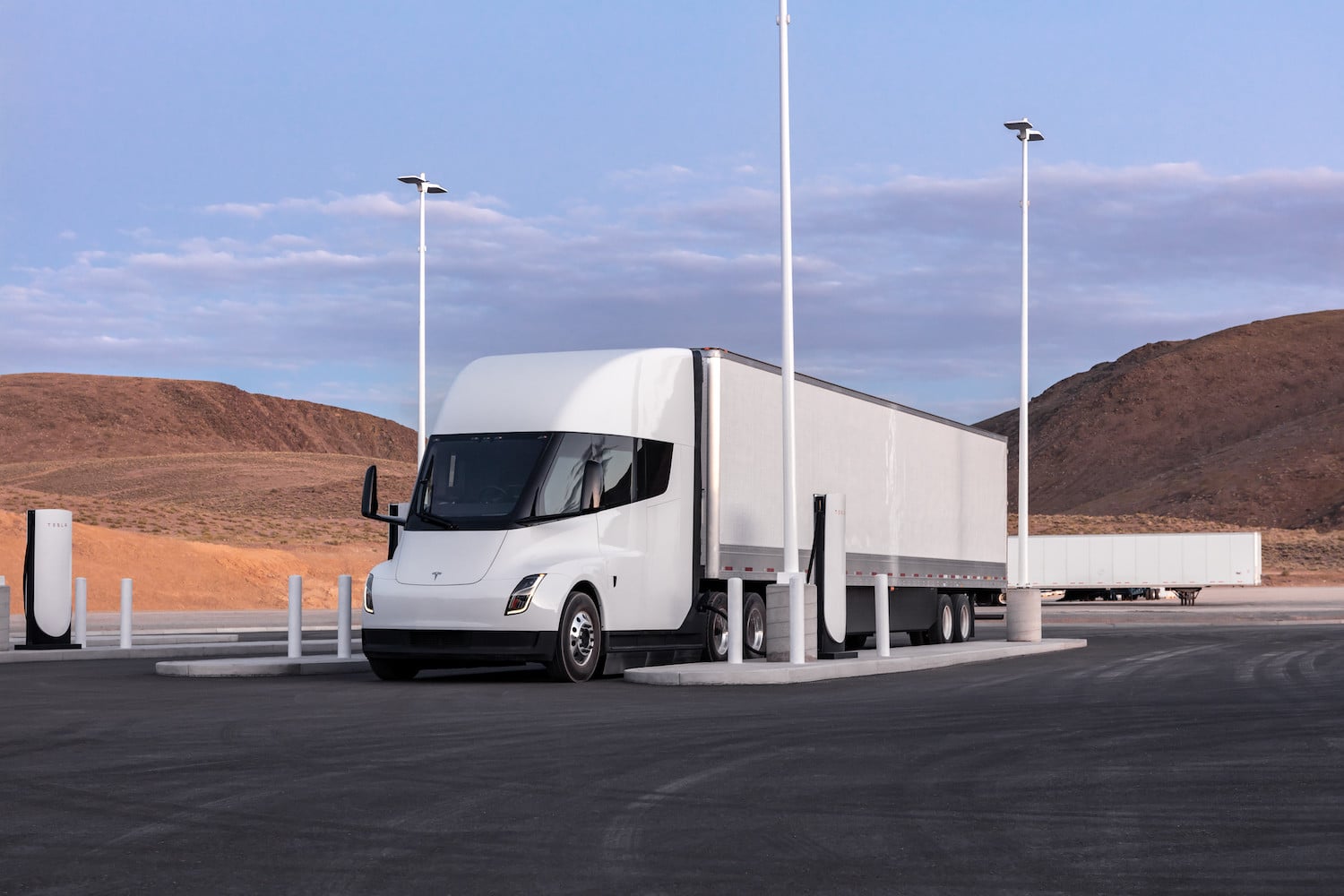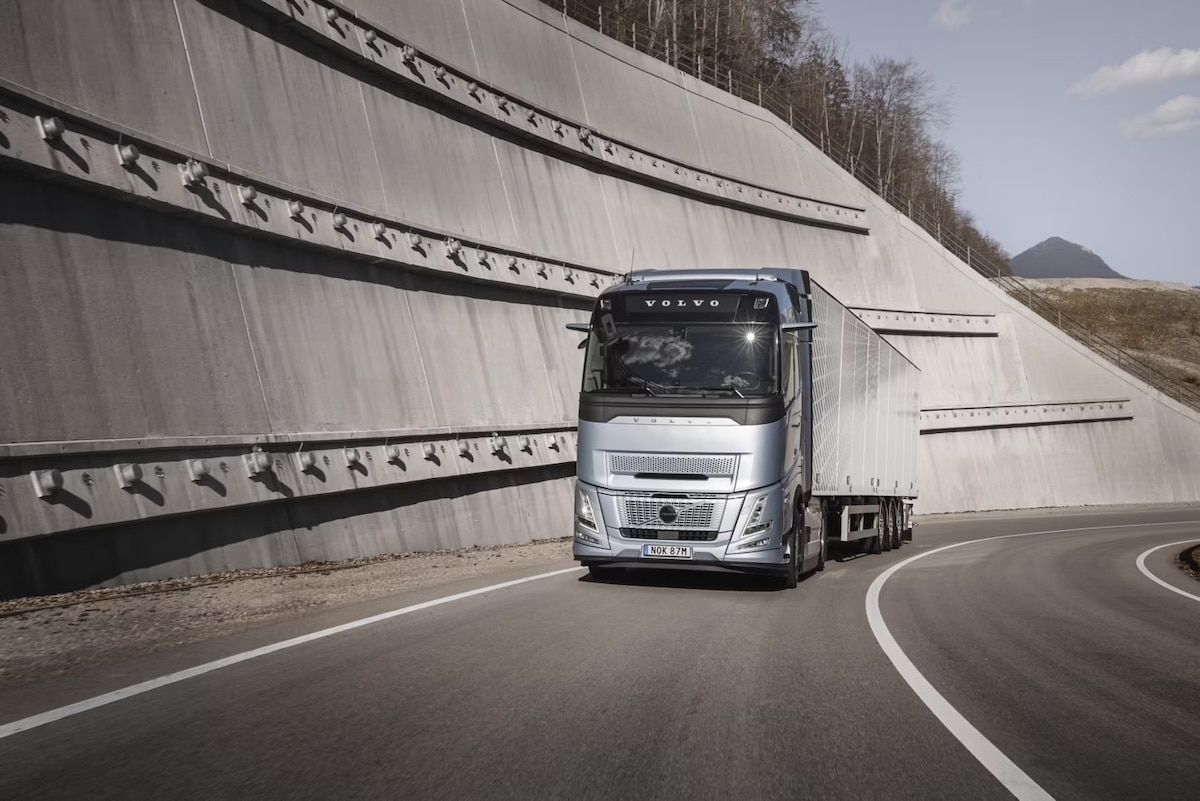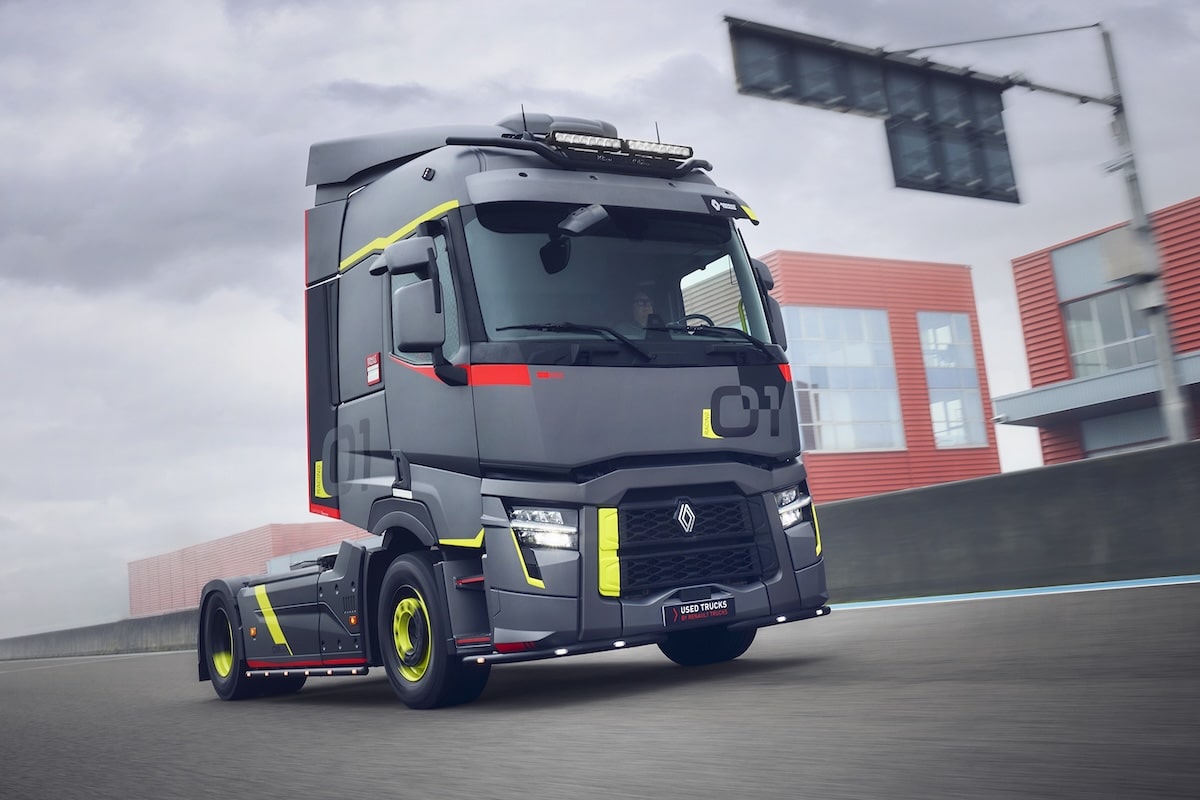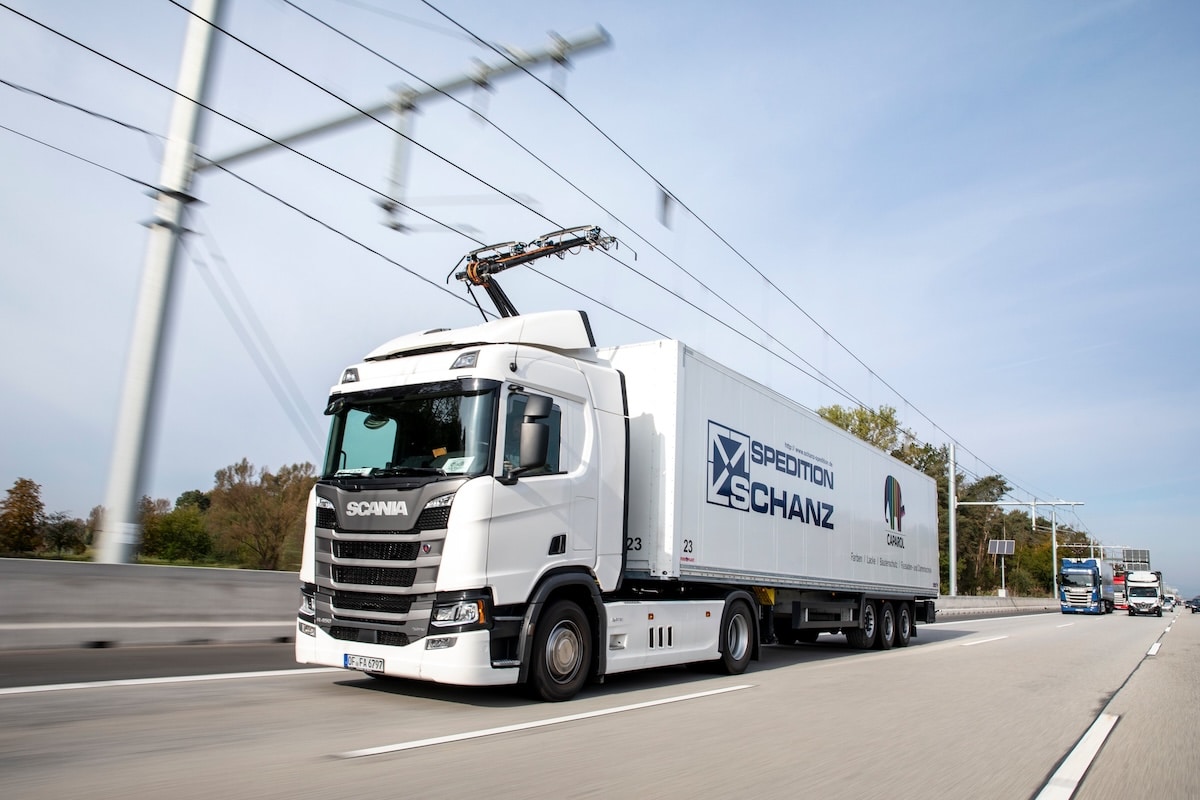Tesla Semi: Pepsi updates the fuel consumption figures for its trucks

On the occasion of a logistics-focused event, Run for Less Event, Pepsi revealed some astonishing new data about the electric Tesla truck.
We mentioned this last month: the Tesla electric trucks already in service at Pepsi, in the United States, continue to surprise their owner. Who has even agreed to serve as a guinea pig in exchange for media exposure and delivery privileges on future units.
The experiments are ongoing, as the soft drink company increasingly pushes its “tractor” semi-trailers to their limits.
At the Run for Less Event, Pepsi outlined three daily routes for its delivery rotations, and the results are quite instructive.
Route 1: consisting of 65% highway with a speed limit of 62 mph (or 100 km/h) in the United States, the first Tesla Semi needs to cover 416 miles per day, or exactly 669 km. This route is split into 3 stops for delivery. Pepsi specifies that after an 8-hour charge overnight, this unit can cover 335 miles (539 km) in one go without stopping. It then has 17.5% of battery charge remaining, but an additional charge is made during a unloading operation to ensure the journey.
Route 2: After a 6-hour charge, the Tesla Semi 2 departs for a 376-mile (605 km) trip to fulfill a single delivery. Slightly heavier than Semi 1, it recharges after 227 miles (365 km) and ends the day with around 27% of energy left in its batteries.
Route 3: The most extreme one, where Pepsi pushes the limits as far as possible. Here, the trip climbs to 545 miles (877 km) in a single day, nearly entirely at steady highway speed. The first recharge occurs after 377 miles (606 km) with only 1.6% of battery remaining!
In conclusion, a Pepsi manager doesn’t hide their amazement… and adds that the limits are still not fully known. They seem to be getting quite close, though…
In practice, Pepsi aims to test all possible driving conditions: hot, cold, moderate temperatures, wind speed, trailer tonnage, etc. A comprehensive real-world evaluation. There’s no better way to understand these factors firsthand.
ALSO READ: Tesla Model 3 prices are falling rapidly
This page is translated from the original post "Tesla Semi : Pepsi actualise les chiffres de conso de ses camions" in French.
We also suggestthese articles:
Also read







